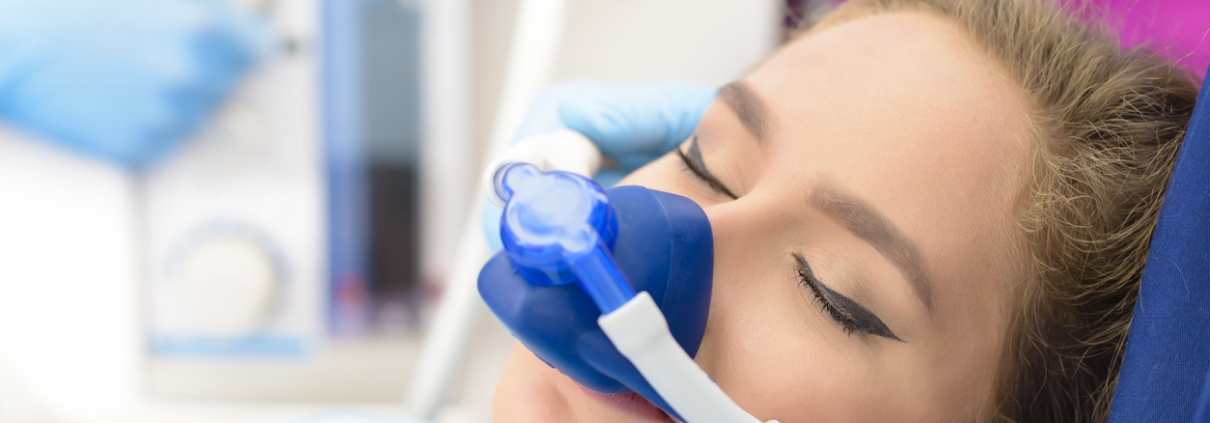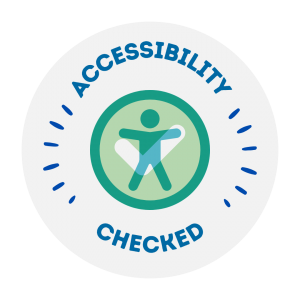Sedation Dentistry
While some people are scared of spiders, the ocean, and small spaces, there are others who are scared of going to the dentist. It’s actually a very common phobia, but while those who fear spiders can generally avoid them and it doesn’t cause any harm to their health, people who don’t visit the dentist due to fear unfortunately may suffer some consequences. Luckily, more and more dentist offices are now offering solutions for people who are fearful or anxious of the dentist in the form of dental sedation.
The amount of anxiety or fear a person has about the dentist can determine what kind of sedation will be used, and will also decide whether or not you’ll need to bring someone along with you. There are three main types of sedation, including:
Laughing Gas
Commonly known as nitrous oxide to healthcare workers, this method does not require any assistance from another person in your family or circle of friends because of its short effect. This method is useful for those individuals who only have mild anxiety as you will be awake and aware for the procedure, but relaxed.
Oral Sedation
Oral sedation is sometimes used on top of laughing gas, but it can also be used on its own. This method requires the patient to take an oral sedative the night before their procedure, as well as another one hour before. Oral sedation makes the patient very relaxed and fuzzy, but still conscious, but it works so well that patients sometimes don’t even remember being at the dentist. Due to its nature as well as some side effects, patients who opt to go down this route require someone to drive them to and from the dental office. This method is useful for those with a higher level of anxiety.
IV Sedation
For patients with extreme and crippling anxiety of the dentist, IV sedation is their best option. There are two forms of IV sedation, the most common one being “twilight” sedation. This method puts the patient into a very sleepy state so they are still conscious, but completely unaware of their surroundings. However, if a dentist needs to rouse a patient for any reason, it is very easy to do so.
Only specialized dental clinics and hospitals offer the next form, known as general anesthesia. This is the same method that doctors use when their patients undergo surgery and therefore, this method requires an anaesthesiologist to be present as the patient will be totally unconscious and the dentist can not monitor vitals and perform their other tasks at the same time. Both forms of IV sedation require a patient to have someone to drive them home. However, depending on age and other factors, some patients may not even be cleared for this form of sedation, so it is generally not used or recommended. A chat with your dentist will be able to determine the right type of sedation for you.




